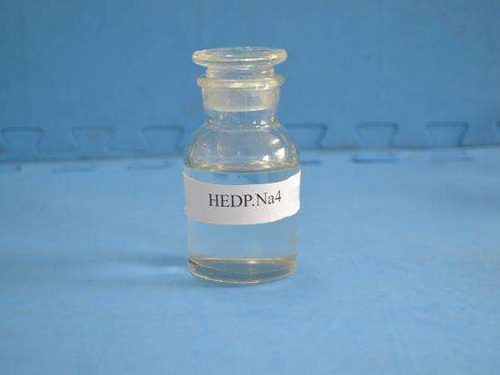Exploring the Benefits and Applications of Polyaspartic Acid in Modern Chemistry
The Versatility and Applications of Polyaspartic Acid
Polyaspartic acid, a biodegradable polymer derived from aspartic acid, has garnered significant attention in recent years due to its diverse applications and environmentally friendly properties. This article delves into the chemistry, characteristics, and innovative uses of polyaspartic acid, highlighting its potential in various fields.
Chemical Structure and Properties
Polyaspartic acid is a type of polyamino acid characterized by its linear chain structure, which is formed through the polymerization of aspartic acid. Its unique properties, including biodegradability, biocompatibility, and low toxicity, make it an appealing choice for numerous applications. Polyaspartic acid can exist in different molecular weights, which can further influence its properties and potential uses. For instance, lower molecular weight forms may be more soluble in water, while higher molecular weight variations may exhibit improved kinetics in various applications.
Environmental Benefits
One of the most significant advantages of polyaspartic acid is its environment-friendly nature. As a biodegradable polymer, it is non-toxic and breaks down naturally over time, reducing the burden of plastic pollution that many synthetic polymers impose on the ecosystem. This makes polyaspartic acid particularly attractive for industries looking to adopt sustainable practices and reduce their environmental footprint.
Industrial Applications
Polyaspartic acid has found a plethora of applications across various industries. In the construction sector, it is used as a high-performance coating and sealer due to its excellent adhesion, durability, and moisture resistance. Polyaspartic coatings cure rapidly, enabling faster project completion and reducing downtime.
Additionally, its use in the production of adhesives and sealants is rising, as polyaspartic acid can enhance bonding strength and flexibility. In the field of agriculture, polyaspartic acid can be utilized as a soil conditioner, helping to improve soil structure and water retention, which can lead to enhanced crop yields.
polyaspartic acid

Biomedical Applications
The biocompatibility of polyaspartic acid also opens doors to its application in the biomedical field. Researchers are investigating its use in drug delivery systems, where it can be utilized to encapsulate therapeutic agents and release them in a controlled manner. This property is vital for targeting specific sites within the body and minimizing side effects associated with conventional drug delivery methods.
Moreover, polyaspartic acid can be employed in tissue engineering, where it serves as a scaffold to support cell growth. Its ability to mimic natural extracellular matrix components could accelerate wound healing and tissue regeneration, knowledge that is particularly beneficial in regenerative medicine.
Cosmetic and Personal Care Products
The cosmetic industry is also witnessing a rise in the use of polyaspartic acid due to its moisturizing and conditioning properties. It can be found in hair care products, skin moisturizers, and formulations intended to improve the texture and appearance of cosmetics. Its ability to form a protective film on the skin helps in retaining moisture, combating dryness, and enhancing overall skin health.
Future Perspectives
As sustainability becomes an increasing priority in manufacturing and product development, polyaspartic acid presents a promising solution for industries looking to innovate responsibly. Research into its properties and potential applications continues, indicating that this versatile polymer could play a key role in the future of materials science.
In conclusion, polyaspartic acid stands out as a versatile polymer with a multitude of applications ranging from construction and agriculture to biomedicine and cosmetics. Its environmentally friendly characteristics, combined with high performance and biocompatibility, position it as a favorable alternative to traditional materials. As research progresses and industries adapt to more sustainable practices, polyaspartic acid is likely to become a cornerstone in the development of innovative, eco-friendly solutions.
-
Premium Isothiazolinones | Broad-Spectrum Biocidal SolutionsNewsAug.28,2025
-
LK-319 Special Scale And Corrosion Inhibitor For Steel Plants: Advanced Solutions for Industrial Water SystemsNewsAug.22,2025
-
Flocculant Water Treatment: Essential Chemical Solutions for Purification ProcessesNewsAug.22,2025
-
Isothiazolinones: Versatile Microbial Control Agents for Industrial and Consumer ApplicationsNewsAug.22,2025
-
Scale Inhibitor: Key Solutions for Water System Scale PreventionNewsAug.22,2025
-
Organophosphonates: Versatile Scale Inhibitors for Industrial Water SystemsNewsAug.22,2025





